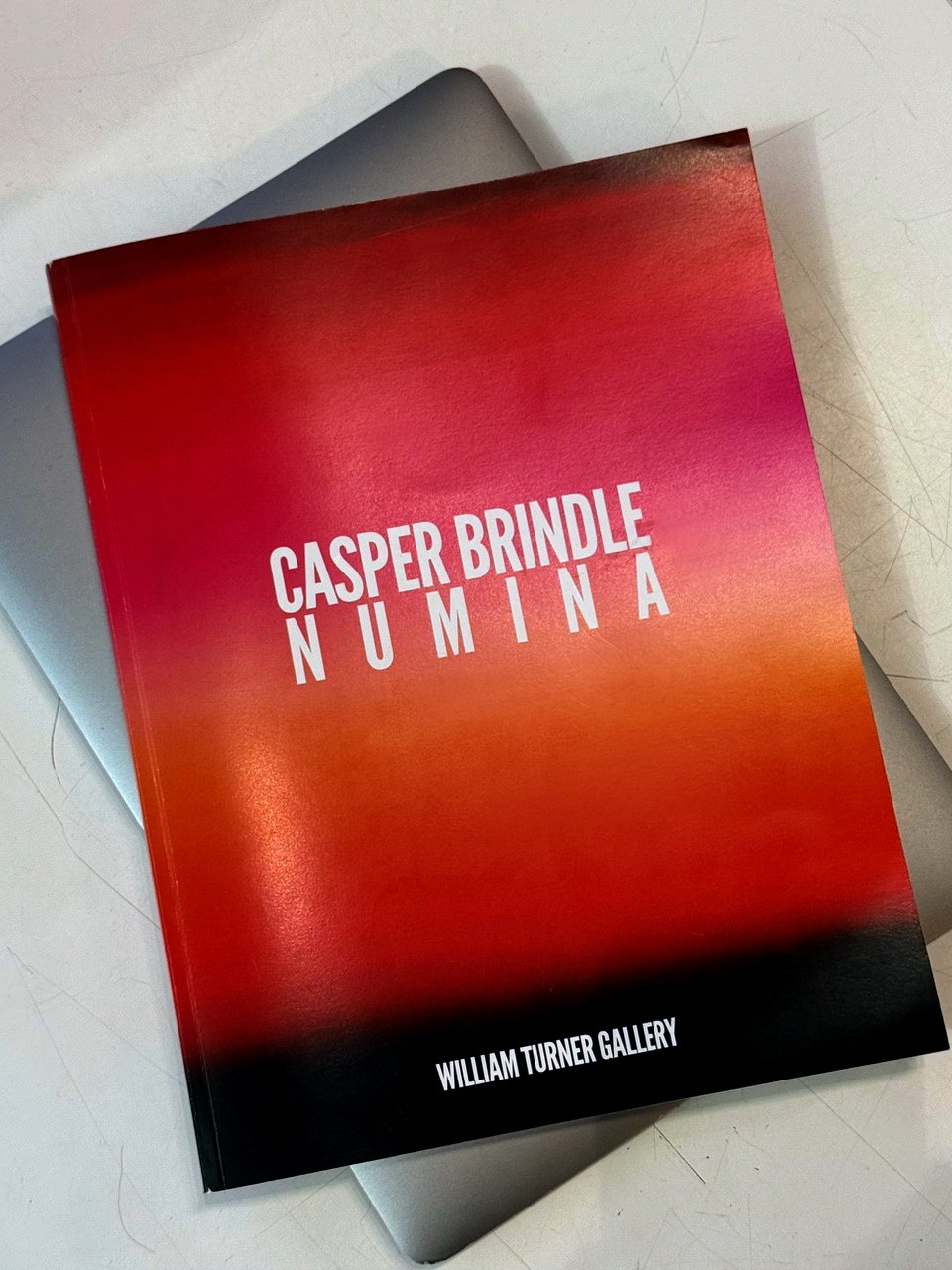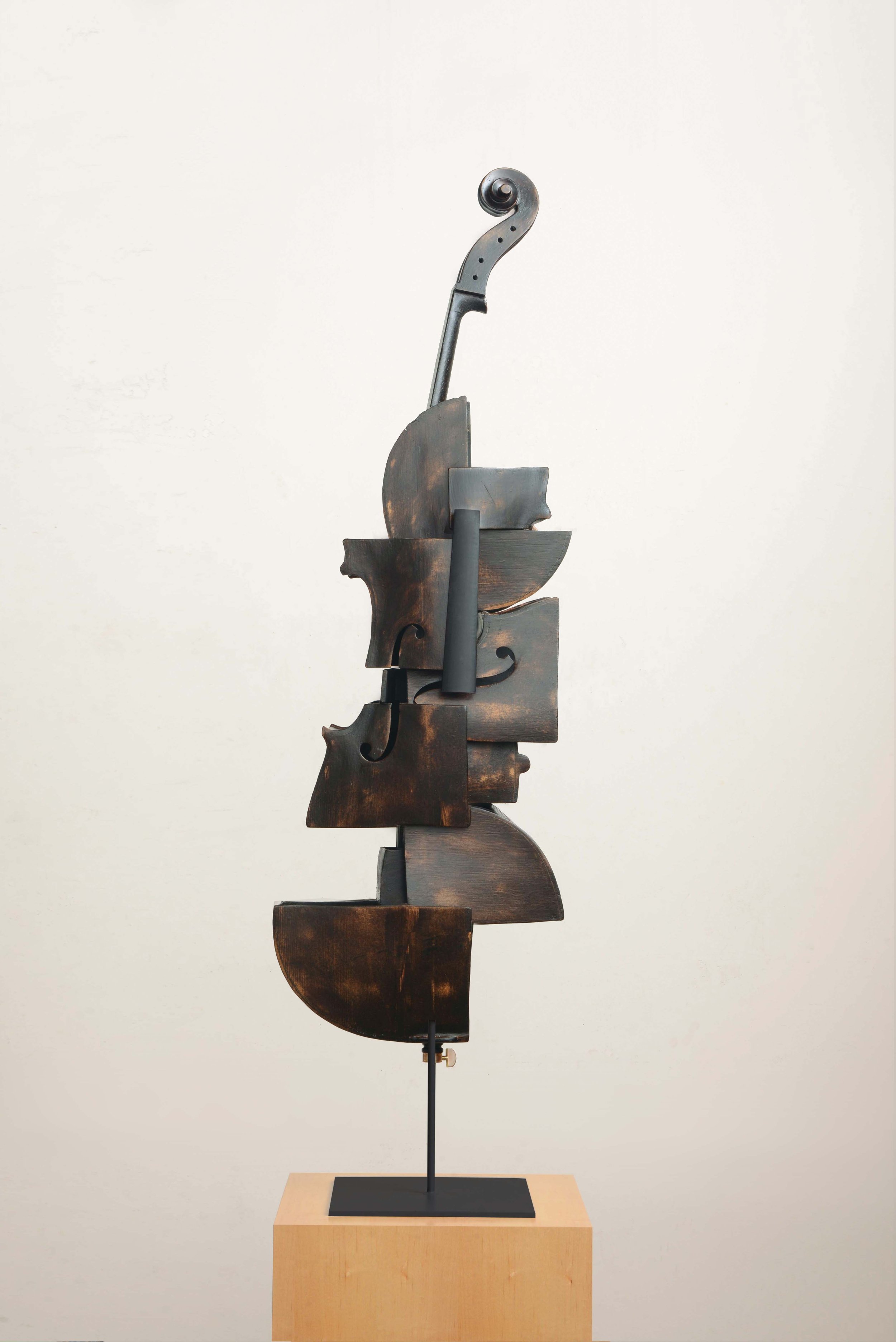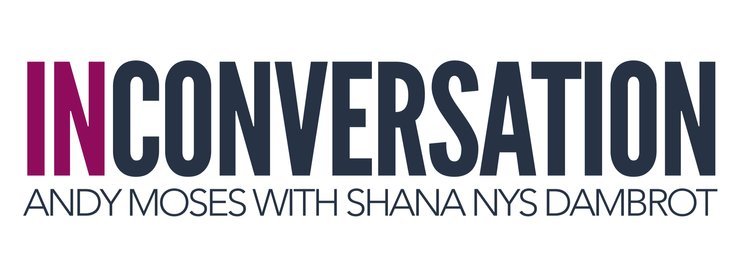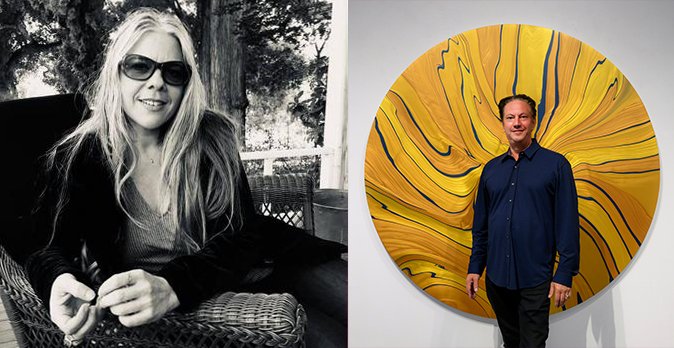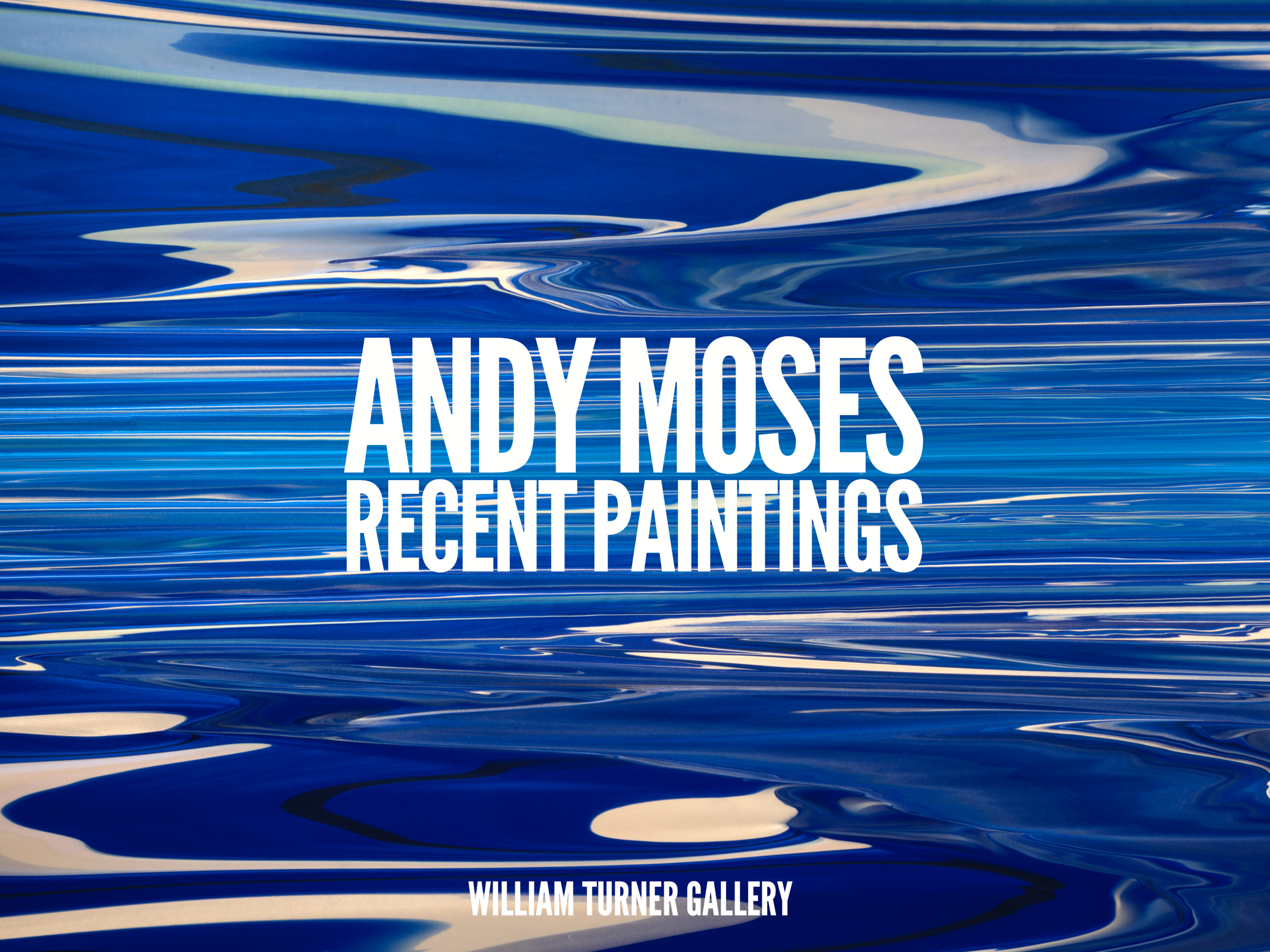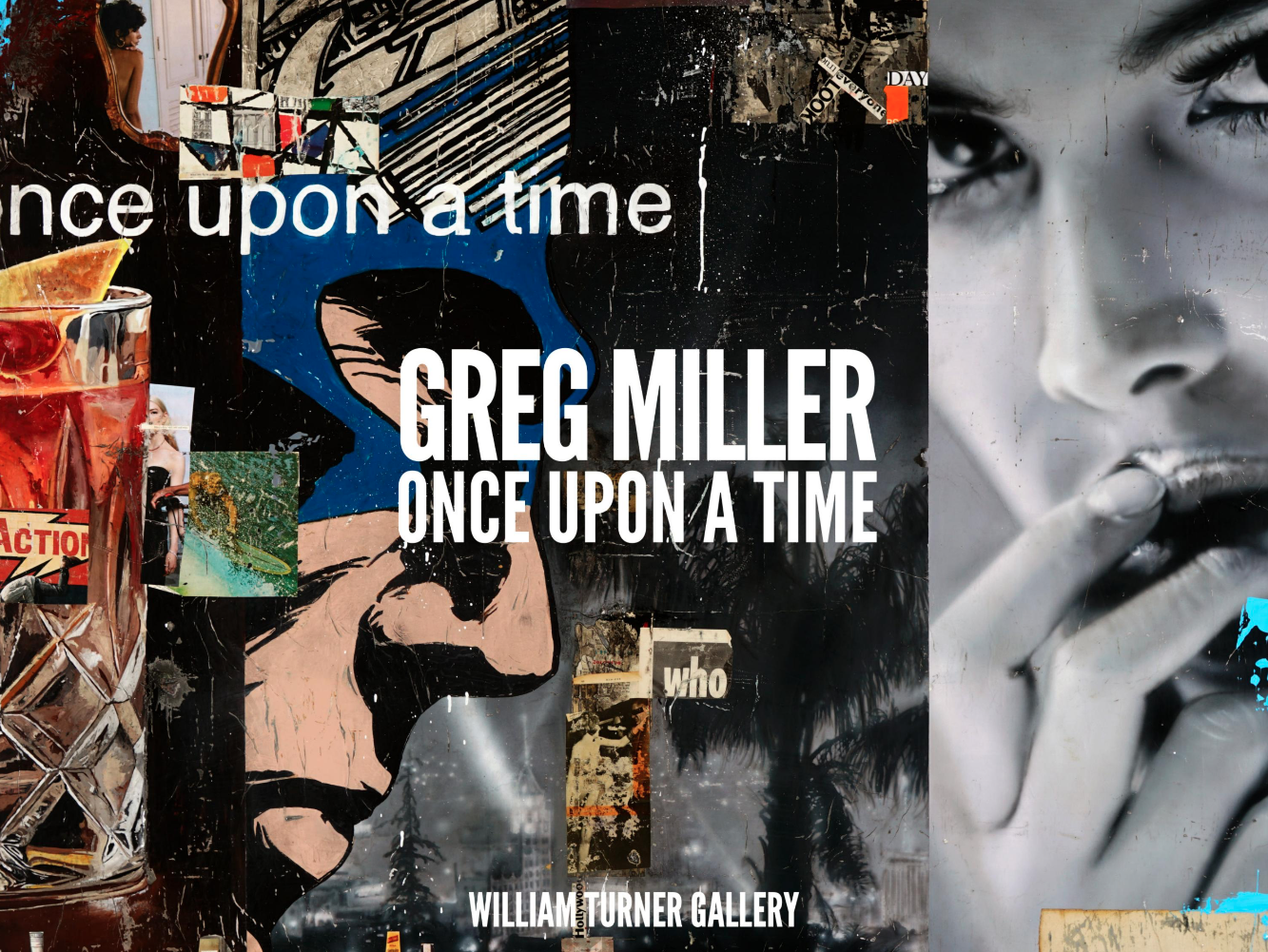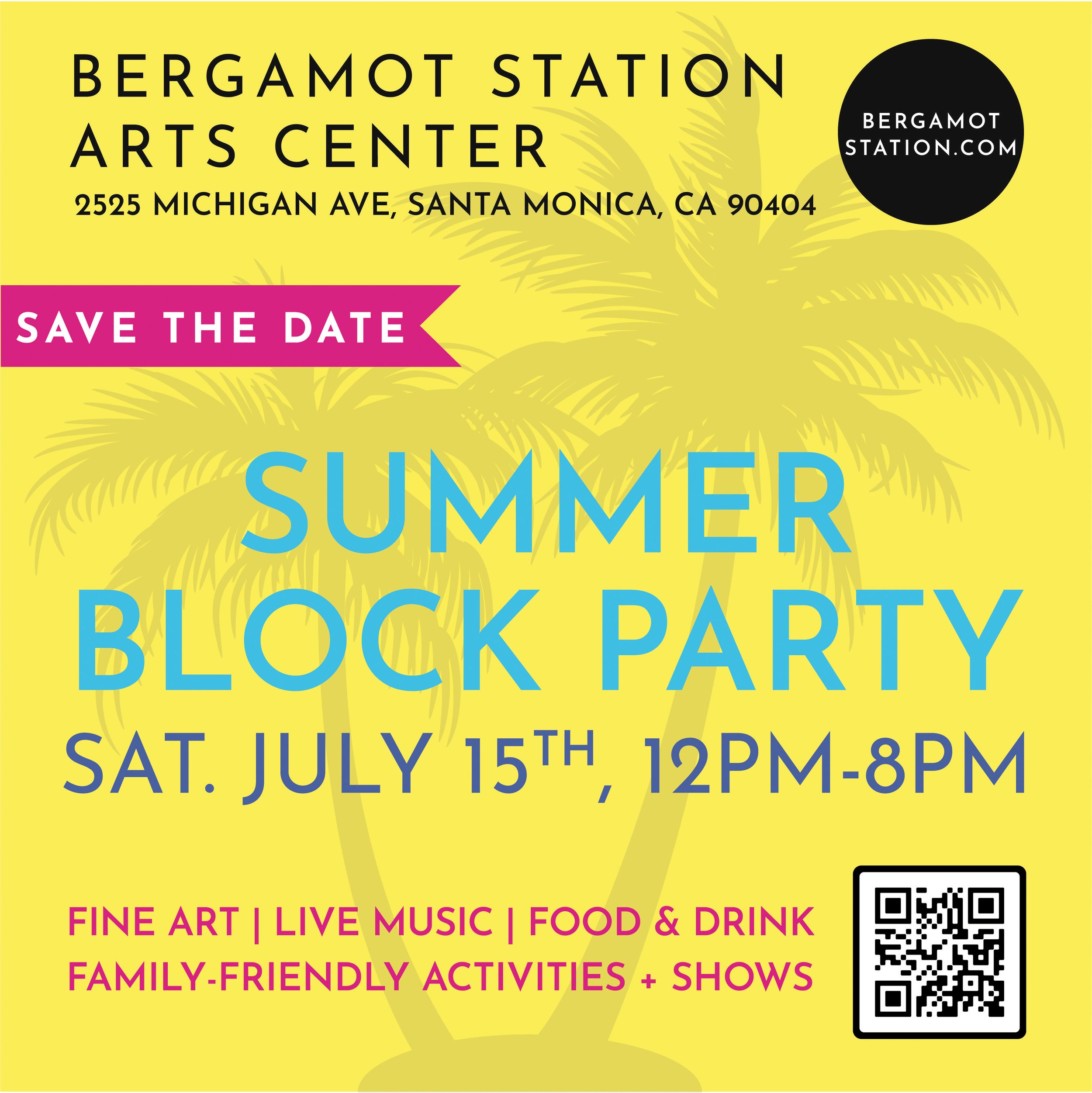JIMI GLEASON: VAPOR WAVE - Opening Tomorrow, Saturday, April 5, 5-8PM
/Santa Monica, CA - William Turner Gallery is pleased to present Vapor Wave, a solo exhibition by Jimi Gleason, opening April 5 and running through May 31, 2025.
Vapor Wave is Jimi Gleason’s most ambitious body of work to date. Utilizing a rich vocabulary of materials and styles, Gleason has built up gossamer thin layers of iridescent paint to create a series of paintings that are engagingly enigmatic. They confirm an artist at the height of his talent, confidently exploring the power of nuance and understated expression.
In this new series, vaporous ribbons of color play across lustrous surfaces that morph and shift as one engages them. The effect elicits a sense of unexpected revelry - much like the kind one might experience gazing across a lake in a predawn moment, captivated by the growing light as it caresses and undulates across the water’s surface.
And like water, Gleason’s surfaces are quietly in motion, their iridescent paints subtly shifting in hue as light plays across them. In some of the canvases, sharp diagonals bifurcate the compositions, providing dramatic structural rifts to these ethereal surfaces. The effect is a hypnotic and prismatic visual structure, where light, color and form intersect in ever-changing play. Gleason has a uniquely personal connection to water: he grew up surfing, and took up rowing in college. When he talks about his work he also talks about, “the way the light looks underwater,” and early mornings rowing when the calm water reflects the sky at dawn.
Like many artists working in the Light and Space arena, materials and their catalytic visual effects are essential to their work. In Gleason’s case, he employs silver nitrate and pearlescent paints to activate his surfaces, which catch and reflect surrounding light, further engaging one’s sense of the surrounding space. Gleason is a leader in that next generation of Southern California artists to work in the Light and Space ethos, carrying the dialogue forward and using his work of art to explore the phenomenological properties of perception.
Born in Newport Beach, CA, Gleason received his BA from UC Berkeley in 1985. He studied printmaking at the San Francisco Art Institute before relocating to New York City, where he worked as a photo assistant and technician. Returning to California, Gleason was employed in the studio of Ed Moses for five years. Combining the disparate technical and compositional skills developed during his exposure to printmaking, photography and mixed media painting, Gleason is now the subject of considerable curatorial and critical attention.
Gleason’s work is exhibited in significant public institutions, including the Hammer Museum, the Frederick R. Weisman Foundation, the Long Beach Museum, the Seattle Art Museum, and the Tucson Museum of Art.The artist’s paintings are actively collected by a growing number of major public and private collections around the world.





